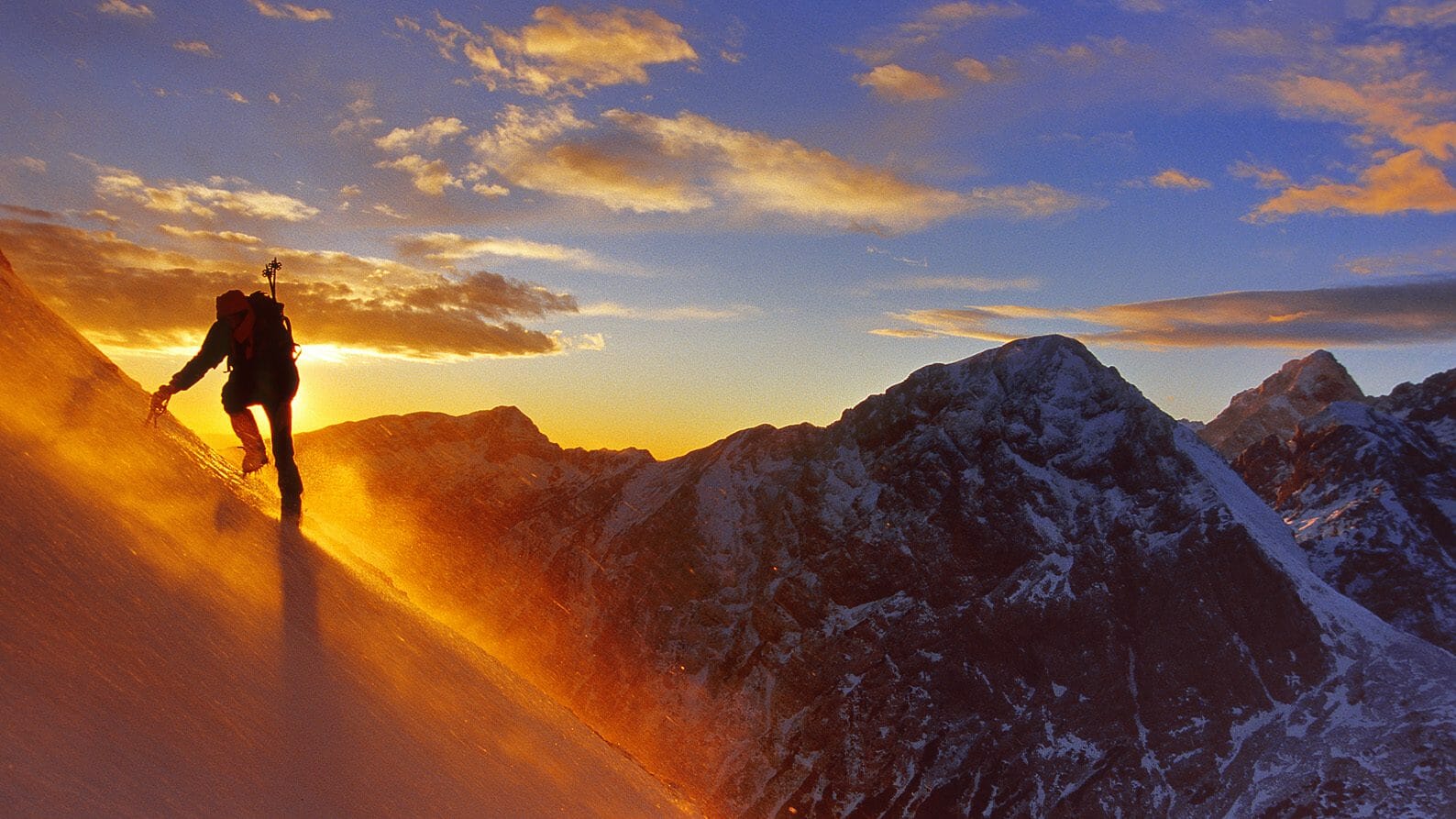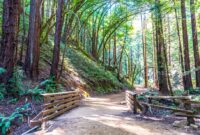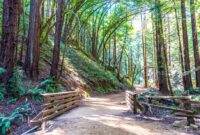Mountain climbing near me offers thrilling adventures for all skill levels. This guide explores local climbing options, essential gear, safety protocols, trip planning, and post-climb recovery. Whether you’re a seasoned climber or a curious beginner, we’ll equip you with the knowledge and confidence to conquer nearby peaks safely and enjoyably.
We’ll delve into identifying suitable climbing spots, comparing difficulty levels, and outlining essential gear and safety measures. Planning your climb, including permits and physical preparation, will be covered, as will post-climb recovery and gear maintenance. Finally, we’ll provide vivid descriptions of both beginner-friendly and challenging climbing routes to help you visualize your next adventure.
Understanding Local Mountain Climbing Options
Choosing the right mountain for your climbing adventure requires careful consideration of accessibility, difficulty, and the type of climbing experience you seek. This section will outline three local climbing areas within a 50-mile radius, providing details to help you plan your trip. Remember to always prioritize safety and check weather conditions before embarking on any climb.
Local Mountain Climbing Areas
This section details three local mountain climbing areas, including accessibility information and difficulty assessments. Note that driving times and public transport availability are estimates and may vary depending on traffic and scheduling.
| Location | Difficulty | Elevation Gain (ft) | Trail Length (miles) |
|---|---|---|---|
| Mount Baldy (Example) | Beginner to Intermediate | 2000 | 5 |
| Eagle Peak (Example) | Intermediate to Advanced | 3500 | 8 |
| Granite Ridge (Example) | Advanced | 5000 | 12 |
Climbing Route Difficulty and Accessibility
The table above provides a general overview of difficulty, elevation gain, and trail length. Mount Baldy, for example, offers well-maintained trails suitable for beginners, while also presenting some more challenging routes for intermediate climbers. Eagle Peak presents a significant increase in difficulty, with steeper inclines and potentially more technical sections requiring experience. Granite Ridge is reserved for experienced climbers due to its significant elevation gain, challenging terrain, and exposure. Driving times to these locations vary, typically ranging from 30 minutes to 1.5 hours depending on traffic and starting point. Public transport options are limited; personal vehicles are generally recommended.
Types of Climbing Available
Mount Baldy primarily offers hiking and scrambling, with some opportunities for basic rock climbing. Eagle Peak provides more opportunities for rock climbing, with various routes catering to different skill levels. Granite Ridge is suited to more advanced rock climbing and potentially mountaineering, depending on the specific route and conditions. Ice climbing is not typically found in these areas unless specific seasonal conditions occur. It’s crucial to check local conditions and regulations before attempting any climb.
Essential Gear and Safety Precautions
Mountain climbing, while rewarding, demands meticulous preparation and a deep understanding of safety protocols. Neglecting either can lead to serious consequences. This section details essential gear and crucial safety measures for both beginner and intermediate climbers.
Essential Gear Checklist
Proper equipment is paramount for a safe and successful climb. The specific gear requirements vary based on the difficulty and duration of the climb. The following checklist outlines essential items, categorized for beginner and intermediate climbs.
- Beginner Climbs:
- Sturdy hiking boots with ankle support.
- Layers of clothing suitable for changing weather conditions (moisture-wicking base layer, insulating mid-layer, waterproof outer layer).
- Backpack with sufficient capacity for water, snacks, and extra layers.
- Water bottle or hydration reservoir.
- High-energy snacks (trail mix, energy bars).
- First-aid kit including blister treatment, pain relievers, and antiseptic wipes.
- Map, compass, and/or GPS device.
- Headlamp or flashlight with extra batteries.
- Sunscreen and sunglasses.
- Hiking poles (optional, but recommended).
- Intermediate Climbs: All items listed above, plus:
- Climbing helmet.
- Harness.
- Belay device.
- Locking carabiners.
- Climbing rope (appropriate length and diameter).
- Quickdraws.
- Slings.
- Helmet.
- Ice axe (if climbing on glaciers or icy terrain).
- Crampons (if climbing on glaciers or icy terrain).
Safety Techniques and Protocols
Safe climbing practices are non-negotiable. Using appropriate safety equipment correctly is crucial. This includes understanding and implementing proper rope handling, belaying techniques, and fall protection strategies.
- Rope Handling: Always inspect your rope before each climb for any damage. Learn proper coiling and knot-tying techniques to avoid tangles and ensure secure anchoring. The figure-eight follow-through knot is commonly used to secure the rope to a harness.
- Belaying: Belaying is the process of managing the rope to protect a climber from a fall. Proper belaying techniques require training and practice. Different belay devices exist, each with its own specific procedures. Improper belaying can lead to serious injury or death.
- Fall Protection: Always use appropriate protection, such as anchors and intermediate protection points, to minimize the consequences of a fall. This includes placing gear strategically in the rock to absorb the impact of a fall and prevent a long fall. The placement of protection is dependent on the type of rock and the climbing style.
Potential Risks and Hazard Mitigation
Mountain climbing inherently involves risks. Understanding these risks and implementing mitigation strategies is essential.
- Falls: Falls are a major risk in climbing. Proper rope handling, belaying, and protection placement significantly reduce this risk. Choosing routes within your skill level also helps minimize falls.
- Weather Conditions: Sudden changes in weather can be dangerous. Always check the forecast before climbing and be prepared for unexpected changes. Turn back if conditions become unsafe.
- Altitude Sickness: At higher altitudes, altitude sickness can occur. Acclimatization is crucial. Ascend gradually and descend if symptoms appear.
- Injuries: Injuries, ranging from minor scrapes to serious fractures, are possible. Proper training, appropriate gear, and cautious climbing techniques reduce this risk. A well-stocked first-aid kit is also essential.
- Exposure: Exposure to the elements (sun, wind, cold) can lead to hypothermia or heatstroke. Dress in layers, stay hydrated, and take regular breaks.
Post-Climb Recovery and Maintenance
Successfully summiting a peak is exhilarating, but neglecting post-climb recovery can negate the achievement and lead to injury. Proper care for your body and equipment is crucial for continued safe and enjoyable climbing. This section details essential recovery practices and gear maintenance to ensure your next adventure is just as rewarding.
Post-Climb Stretching and Recovery Exercises
Post-climb stretching and recovery exercises are vital for preventing muscle soreness, stiffness, and potential injuries. The physical demands of climbing, particularly on challenging routes, cause significant strain on various muscle groups. Failing to address this strain can result in delayed-onset muscle soreness (DOMS), reduced range of motion, and even more serious injuries. A structured recovery routine, focusing on flexibility and gentle movement, can significantly mitigate these risks. This routine should incorporate stretches targeting major muscle groups used during climbing, such as legs, arms, shoulders, and back. For example, holding a quadriceps stretch for 30 seconds, followed by a hamstring stretch, can help alleviate tension in the lower body. Similarly, shoulder rotations and back stretches can ease upper body strain. Incorporating light cardio, such as a leisurely walk, can also promote blood flow and aid in recovery. Remember to listen to your body and avoid pushing through pain.
Climbing Gear Care
Proper gear maintenance is essential for extending the lifespan of your equipment and ensuring its safety and reliability during future climbs. After each climb, inspect all gear meticulously for signs of wear and tear, such as frayed ropes, damaged carabiners, or worn-out shoes. Clean your climbing shoes thoroughly to remove dirt and debris that can damage the material. Allow them to air dry completely before storing them to prevent mold and mildew. Ropes should be inspected for abrasions, cuts, or any signs of weakening. Store ropes in a cool, dry place, away from direct sunlight and harsh chemicals. Carabiners and other metal hardware should be cleaned and inspected for any signs of bending or damage. Regularly check the locking mechanisms to ensure they are functioning correctly. Damaged or worn-out gear should be replaced immediately. Neglecting gear maintenance can lead to equipment failure during a climb, potentially resulting in serious injury or even death.
Assessing Physical Condition Post-Climb and Seeking Medical Attention
After a climb, carefully assess your physical condition. Pay close attention to any unusual pain, swelling, or limitations in movement. Minor muscle soreness is normal, but persistent or severe pain warrants immediate attention. Swelling, numbness, or tingling in any extremity could indicate a more serious injury, such as a sprain, strain, or fracture. Difficulty breathing, persistent dizziness, or changes in mental clarity may indicate altitude sickness or other health concerns. If you experience any of these symptoms, seek medical attention promptly. Early diagnosis and treatment can prevent complications and ensure a faster recovery. Remember that seeking medical help is not a sign of weakness but a responsible approach to maintaining your health and safety. Documenting your symptoms and the specifics of the climb can be beneficial for medical professionals.
Outcome Summary
Embarking on a mountain climbing adventure near you is a rewarding experience, blending physical challenge with breathtaking natural beauty. By understanding the local options, preparing adequately, and prioritizing safety, you can transform your passion into unforgettable memories. Remember to always respect the environment and climb responsibly. Safe climbing!




